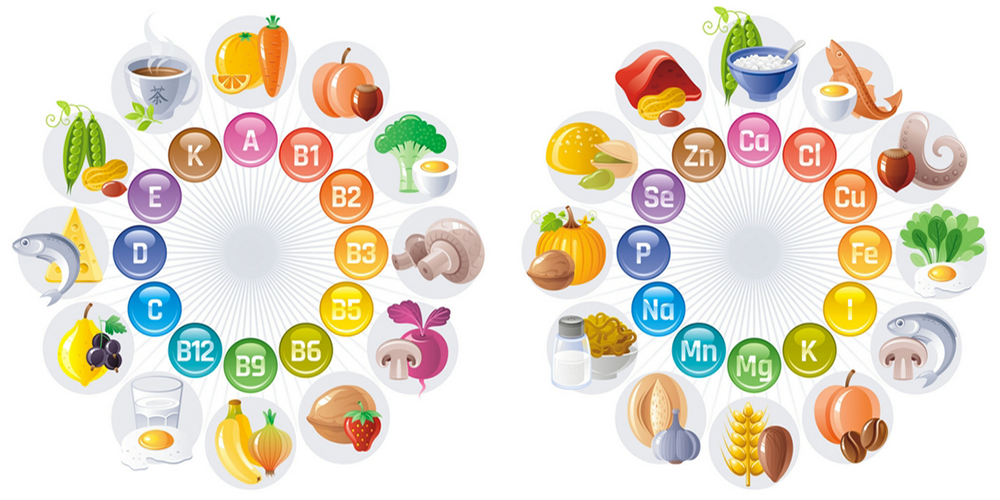
Every Body Needs Trace Minerals
Share
Minerals are required by every cell in your body, which means everyone regardless of age needs them. Your body, however, cannot make minerals so it must obtain them from the food or water you consume. Minerals are broken into two categories: macrominerals and trace minerals. Macrominerals are much easier to acquire from food while trace minerals are found in more select sources. Let's find out how you can meet the mineral requirements your body needs to function at its best.
Macrominerals such as calcium, potassium and magnesium, are fairly easy to get from a robust diet. Many foods (fruits, vegetables, fish, poultry and meat) contain different macrominerals and in varying amounts.
Trace minerals, such as copper, selenium, and manganese, are compounds that the body needs in much smaller amounts and are essential to a variety of cellular functions.
The US Department of Agriculture and other science organizations report there is instability in the quantities of minerals, particularly trace minerals, found in food. This is especially true of food products that are not grown in organic soil and free from harmful chemicals or GMOs.
Since trace minerals are less abundant in the foods we eat, it's harder for us to get what we need through diet alone. To make things more challenging, many vitamin-mineral formulas do not include trace minerals (only the macrominerals).
These challenges can lead to a trace mineral deficiency. Signs of a mineral deficiency can show-up in your physical health in a variety of ways, such as:
GI issues (constipation, bloating, diarrhea)
Lower immunity
Problems with memory, learning, brain fog
Muscle pain, spasm, cramps
Heart issues
Generalized weakness or fatigue
Developmental delays or behavioral issues
If you experience any of the symptoms above, your holistic healthcare practitioner can run a lab test to assess for a mineral deficiency and may recommend ways to help boost your macromineral and trace mineral intake.
For minerals in general, eat a healthy diet consisting of non-processed food (particularly locally raised, organic food), especially dark leafy greens, vegetables, fruit, nuts, legumes, and lean proteins. For trace minerals, the best source comes from the mineral-rich waters found in certain oceans and seas around the globe such as the Great Salt Lake and the Australian Ocean. Nutritional supplements derived from these mineral-rich waters can boost your trace mineral levels. Your holistic healthcare practitioner can guide you regarding the best macromineral and trace mineral supplements to fit your specific needs.

Resources
McCormick, D. B. "Vitamin/Trace Mineral Supplements for the Elderly." Advances in Nutrition 3.6 (2012): 822–824. PMC. Abstract. (March 2, 2017). https://www.ncbi.nlm.nih.gov/pmc/articles/PMC3648707/pdf/822.pdf
ConcenTrace Minerals Product Information: ConcenTrace® Trace Mineral Drops (traceminerals.com)
Davis, D.R. "Declining Fruit and Vegetable Nutrient Composition: What Is the Evidence?" Hortscience. 44.1 (2009): 15-19. Print.
Welch, R.M., and R.D. Graham. "Breeding for Micronutrients in Staple Food Crops from a Human Nutrition Perspective." Journal of Experimental Botany. 55.396 (2004): 353-64. Print.
